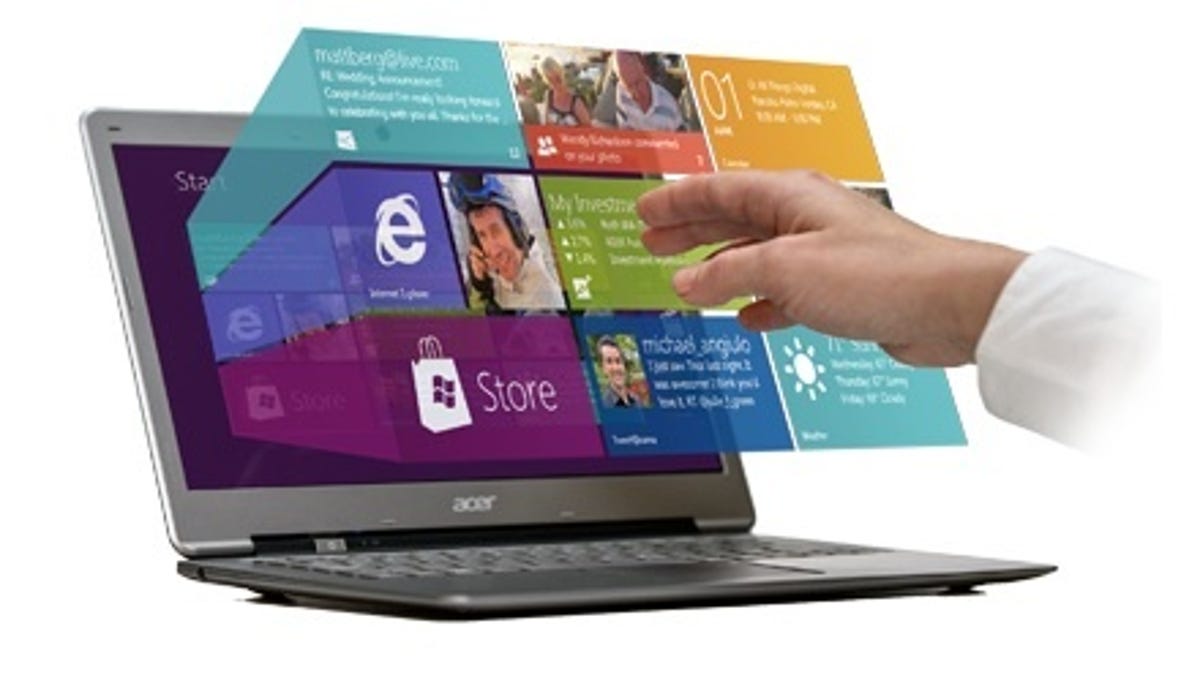Elliptic Labs uses ultrasound for touchless gesture control
The Silicon Valley startup shows off its new technology at CES and discusses its plans to partner with computer makers, as well as its software development kit.

LAS VEGAS--Touch screens are so last year.
These days, touchless gesture control is the hot thing. Just last week, San Francisco startup Leap Motion, which developed a motion-control technology with sub-millimeter accuracy, announced a $30 million B round of funding. And at CES here, there are multiple companies showing off technology that lets users control their computers with little or no physical contact with a screen or a mouse.
One of them is Palo Alto, Calif.-based Elliptic Labs, which has pioneered an ultrasound-based touchless gesture control system. In a demo for CNET, Elliptic showed off its Windows 8 Gesture suite, technology designed to make it possible to control Microsoft's new operating system without touching the screen.
The technology works by detecting echoes of signals put out by a series of ultrasonic transmitters as they reflect off a user's hands. That means that a user can control activity on the computer -- in this case, a prototype laptop -- from in front of the screen, or even off to its side. Elliptic Labs said that is one advantage of its approach over touchless gesture control systems that rely on cameras to capture users' movements. Another advantage over camera-based systems is that it is far more energy efficient, the company said.
According to Elliptic Labs product manager Morgan Kjolerbakken, the Windows 8 Gesture suite allows users to do all the basic Windows 8 gestures -- such as swiping, scrolling, or making selections, without touching the screen. A slight delay is built into the system, he said, so that it doesn't mistake typing for a touchless gesture.
Kjolerbakken said the technology is designed so that users must be fairly close to the screen for it to work -- about four inches away is ideal, he said. But the maximum distance is a preference that can be changed to suit users' needs.
Like Leap Motion, Elliptic Labs has released a software development kit that makes it possible for others to integrate the technology into their own applications. Developers using the SDK can create their own gestures, adding to the collection provided by Elliptic Labs.
For now, the company is operating on a software licensing model, and is looking for computer maker partners that are interested in integrating the technology. It's not clear when the first such computer will be available to consumers, though it is likely to be later this year.

